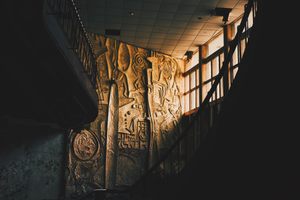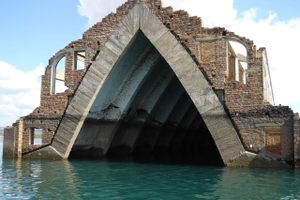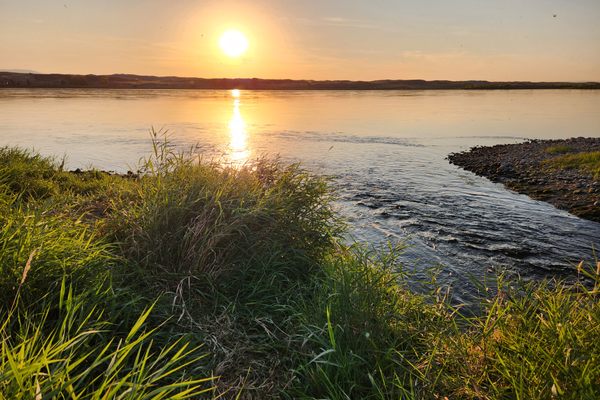About
The residents of New York City consume over 1,000 million gallons of water a day, roughly about 125 gallons per person.
Over half of the city's water supply is fed from the Catskills Mountains, and one of its biggest man made reservoirs, the Neversink.
Located 75 miles northwest of the city along Route 55 in Sullivan County, the Neversink reservoir has been providing fresh running water for Manhattanites since 1953, many of whom give little thought as to where their water comes from. But 175 feet below the surface of the reservoir lies a lost town with perhaps the most bittersweet name of any town in American history.....the flooded town of Old Neversink.
Founded in 1798 and with a population of over 2,000 souls by the time of its destruction, it was one of the many quintessential small towns that give the Catskills its character. Town life centered around the main street, covered bridge, two-roomed district school and a Methodist chapel.
All that changed in 1941 when the Board of Water Supply decided that the growing population of New York City needed more water, and nothing would stand in their way to get it. Construction on the reservoir began, and a dam was built under what is now Route 55. On June 4th, 1953 the Neversink River flooded the valley, taking the small town of Neversink with it.
The town's protests fell on deaf ears as the floods took their centuries old homes, cemeteries, businesses and farms. So the next time you pour a glass of water in New York City, perhaps you will spare a thought for what it cost the inhabitants of the flooded and forgotten lost town of Neversink.
Related Tags
Community Contributors
Added By
Published
June 17, 2013





























